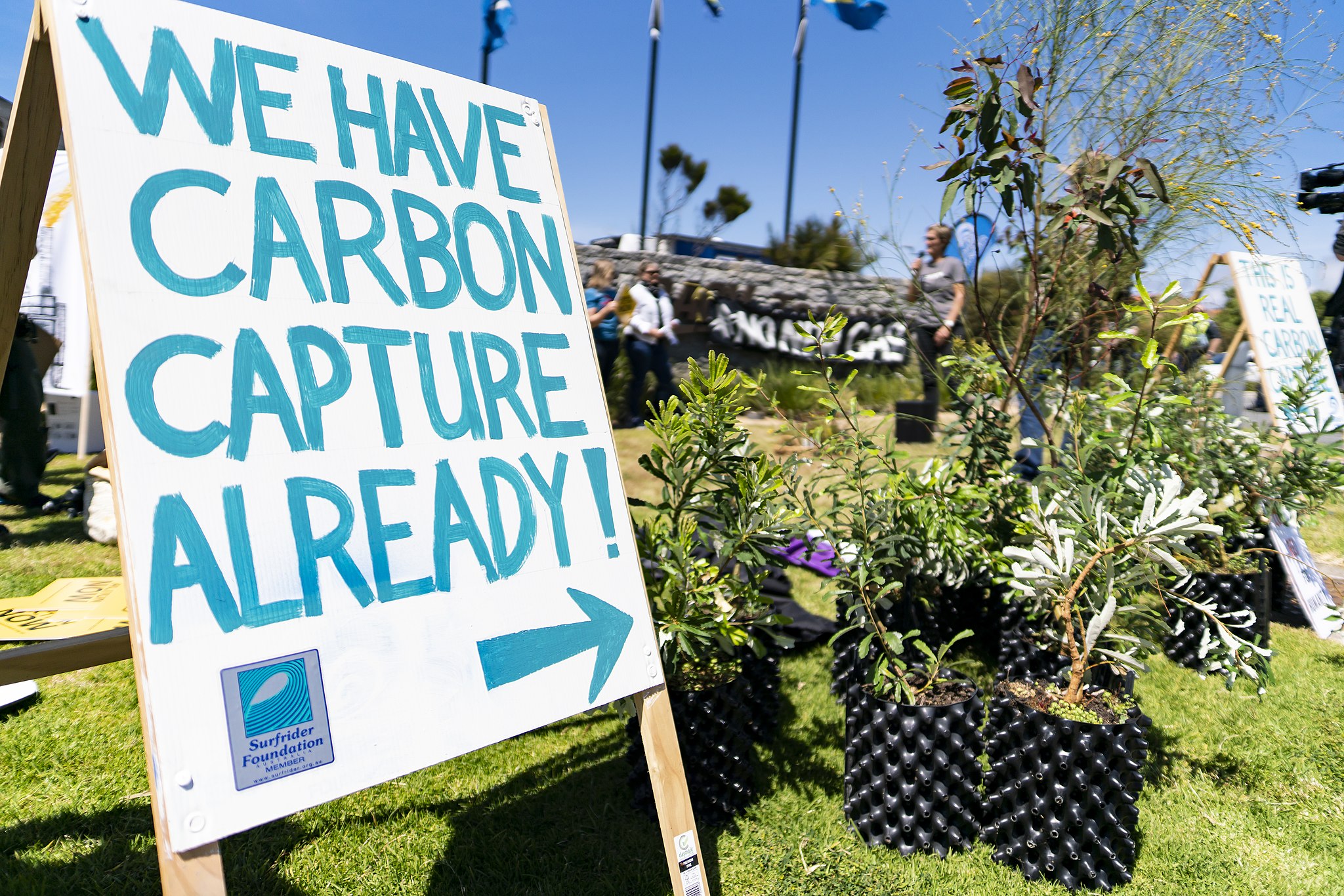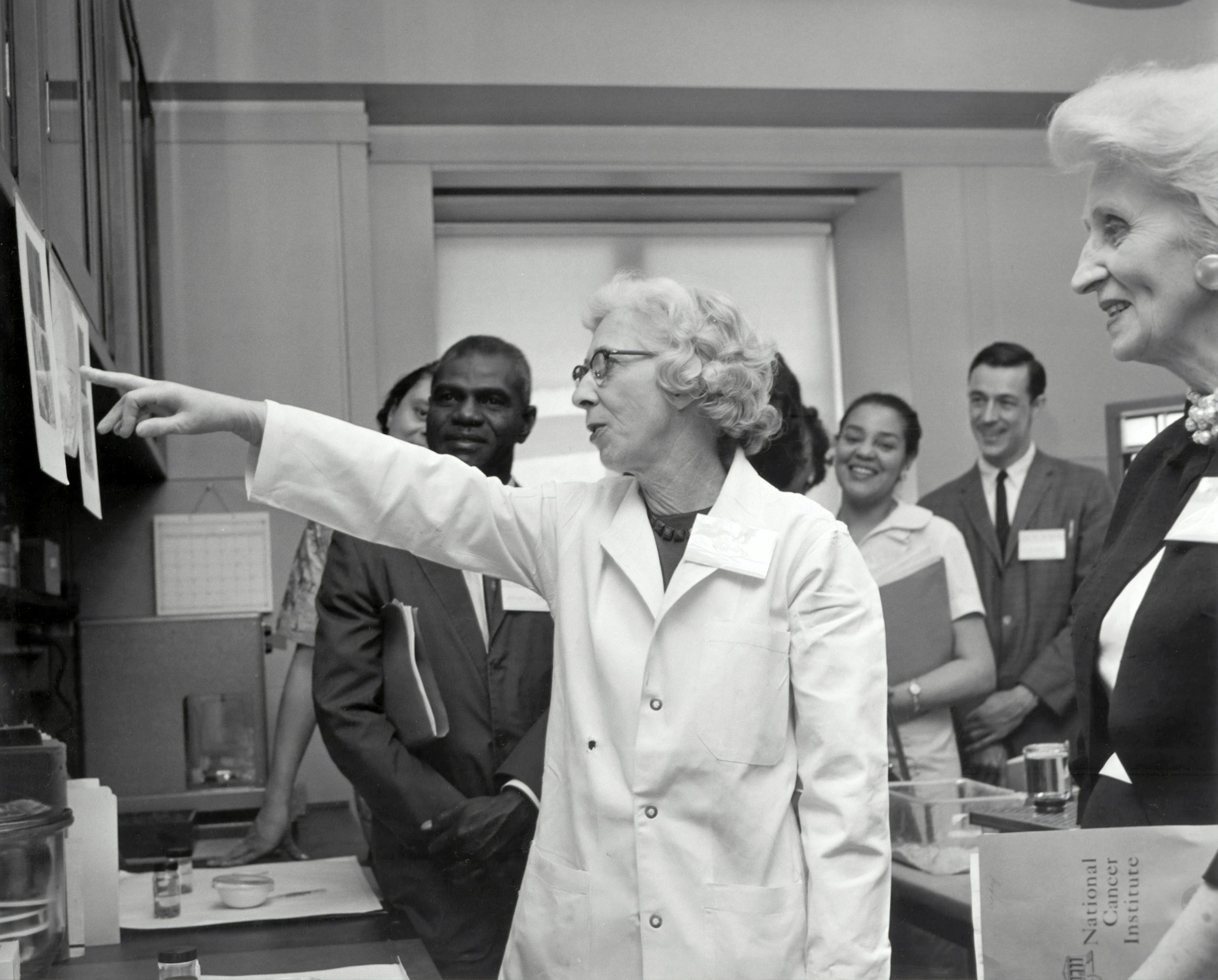Image credit: Matt Hrkac from Geelong / Melbourne, Australia, CC BY 2.0, via Wikimedia Commons
We are at a momentous point in the Earth’s history. For the first time ever the Earth’s climate is being changed by its inhabitants. A recent report led by the UK Met Office estimates that within the next five years there is a 50% chance of Earth’s average temperature surpassing the “tipping point” increase of 1.5°C above pre-industrial levels. Crossing this threshold permanently has been predicted to cause irreversible changes in Earth’s climate leading to ever more extreme weather events. These are certain to wreak havoc on millions of lives with an estimated range of 32–132 million people being pushed into poverty. It doesn’t look hopeful but we’re not too late.
The decisions made in the following decade will determine the fate of Earth’s climate. We must get it right now more than ever.
Carbon Capture and Storage (CCS) is an important emissions reduction technology to combat climate change, but sources suggest it is not as effective as we once thought. The premise is in the name, to capture and store CO2 before it gets released into the atmosphere. It involves three key steps: capture, transport, and storage.
The methods for capture are: post-combustion, pre-combustion, and oxy-fuel. Post-combustion capture treats flue gases to remove particulates as well as nitrogen and sulphur oxides. Using an amine solution, CO2 is absorbed from exhaust gases and nitrogen and oxygen are released. The CO2-rich solvent is moved to a 120°C regenerator. The original reaction is reversed to produce fresh solvent to be used in the following cycle, and pure CO2 gas.
Alternatively, pre-combustion capture removes CO2 before combustion and is typically more efficient. A feedstock, typically coal, is partially oxidised under high temperature and pressure giving syngas (a mixture of hydrogen, carbon monoxide, and carbon dioxide). The CO2 is purified and transported to storage sites. Finally, oxy-fuel combustion uses increased oxygen flue gas to burn fuel. The reaction results in an almost pure CO2 stream that is captured and stored relatively easily.
This method is uncompetitive; energy is required to separate oxygen from the atmosphere, initially increasing cost. The White Rose Project in North Yorkshire, UK, which bankrupted in 2017 was the only industrial case. The energy input also leads to further CO2 emissions which counters the impact of the technology and reduces overall efficiency. Following successful capture, CO2 is transported to designated storage facilities. The two methods of transportation are pipelines (cheaper) and ships which cost less over longer distances. Upon arrival there are various outcomes for the gaseous CO2. The most popular method for storage is the injection of CO2 into deep, porous rock reservoirs covered by layers of sealed rock.
This month, the Institute for Energy Economics and Financial Analysis (IEEFA) has announced that 73% of the CO2 captured is sold for Enhanced Oil Recovery (EOR) and allows fossil fuel companies to extract more oil.
At a glance, this technology seems ideal for not only offsetting current emissions but also reducing current levels of CO2 in the atmosphere. Unfortunately, the recent IEEFA report of 13 CCS projects concluded that 10 are underperforming or had failed. Only 2 out of the 13 (both in Norway) were demonstrably successful, mostly due to the country’s unique regulation of oil and gas companies.
The largest project to date (Le Barge) was started by the fossil fuel giant, ExxonMobil, in Wyoming (1986) and has captured 120 million tonnes (34% less than its capacity targets) over the entirety of its lifetime. In its 35 years of operation it has rarely met its maximum capacity, global estimates put CCS projects at capturing 0.1% of current emissions. For this technology to have an effect we need to see an increase in storage by 100-fold before 2050 to meet targets set by the IPCC.
Although there is an indication that CCS may have a role to reduce emissions in some sectors such as cement and steel; results are indicating a financial, technical, and regulatory framework which consistently overstates and underperforms. Considerations of the IEEFA report suggest locating safe storage sites as well as prevention of EOR promotion in an attempt to encourage the phasing out of fossil fuels.

Professor of CCS at the University of Edinburgh, Stuart Haszeldine, suggests the problems encountered are linked to poor regulation and ‘where regulation is strong, CCS projects have performed as expected and reliably’. He advises government enforcement of CCS in power stations and subsidies to compensate for the difference in operating costs. Further incentives are needed for this technology to become larger scale—such as the carbon tax allowing Norway’s projects to be a success.
‘Even the best carbon capture technology will be useless if the world is not willing to put a price on carbon’ says Berend Smit, Professor of Chemical and Biomolecular Engineering at the University of California, Berkeley.
There are also significant concerns over a lack of familiar business models and structures which exist in mature industries that haven’t been developed for CCS. The resulting risk premium impairs current investability, making it increasingly evident that initial investment and deployment is needed to reduce this risk and attract more competitive financing. In addition, there is scepticism from those who know little about the technology to assume it must escape as CO2 is stored in the gaseous form, when in fact a catastrophic leak from such depths is virtually impossible. That being said it is still vital to monitor CO2 levels in the long-term to ensure this remains the case.
Despite billions of dollars having been spent, the underperformance of projects around the world suggests we cannot use the technology in isolation to prevent further global warming. It is beginning to look like oil and gas companies are using CCS to justify doubling down on the use of fossil fuels. However, it is not just the big industries to blame. Governments often turn to CCS as a ‘quick fix’ for reducing Greenhouse Gas emissions, distracting from increases in tax for fossil fuel giants necessary to slow global warming but which will slow economic growth in the short term. A recent study from Imperial College London has found official government reports to overestimate carbon storage by 19–30% allowing more relaxed regulation of fossil fuel use.
Without drastic improvements to the technology, rules about its use and a ‘centralised reporting framework’ enforced by governments this method may be redundant. The long-term solution will be a combination of CCS alongside substantial improvements in renewable energies, as well as the complete phasing out of fossil fuels.





